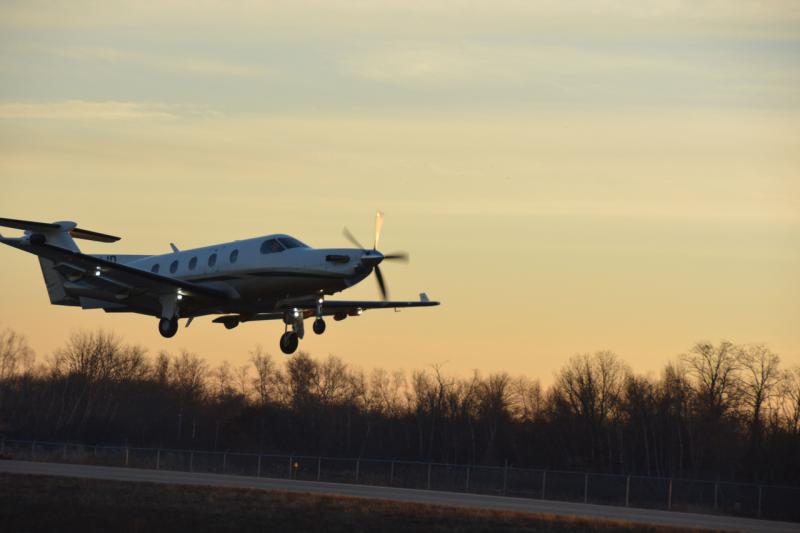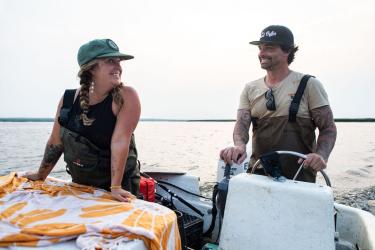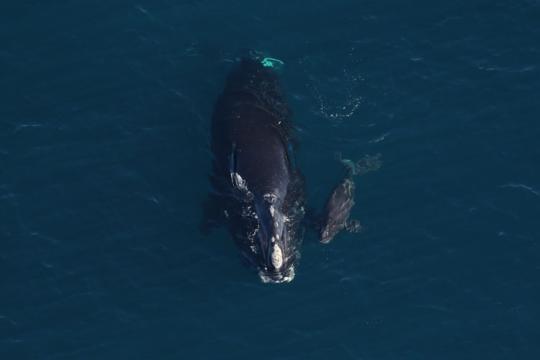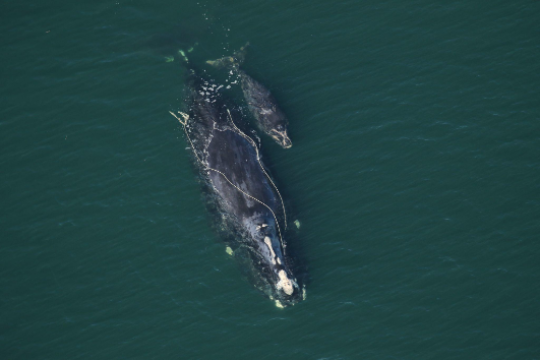Each fall in the Northeast, sea turtle conservation gains a unique partner: the general aviation community. Private pilots volunteer to help transport sick turtles from the Northeast to rehabilitation hospitals along the Atlantic and Gulf coasts. Endangered sea turtles use Northeast coastal waters during the summer. As water temperatures drop in the fall, they must migrate south into warmer waters. Otherwise they risk becoming “cold-stunned,” a condition similar to hypothermia in people. Cold-stunned sea turtles strand on frigid beaches in the Northeast and will die if not rescued and brought to a rehabilitation facility. There, they will receive medical care over a period of weeks or even months with the ultimate goal of release back into the wild.

There are an average of 750 cold-stunned sea turtles found in the Northeast (New York through Maine) every year between November and January. This large number quickly overwhelms local rehabilitation facilities, and turtles must be transported to other facilities to continue their care. NOAA Fisheries identifies permitted rehabilitation facilities that can care for these turtles and coordinates their transport to these hospitals.
Transports can be stressful for turtles, especially those in poor health. Anything we can do to minimize transport time reduces that stress and increases the chances of successful rehabilitation. Transports can take multiple hours, depending on the destination. Traveling to southern Florida could take 24 hours by ground! That can take a toll on a sick sea turtle, so flying is preferred.
To address this issue, a partnership was born in 2014, during the largest Massachusetts cold-stunned sea turtle stranding season on record. More than 1,200 cold-stunned sea turtles stranded in Massachusetts alone, and local rehabilitation facilities quickly filled. Help came from an unexpected place: the general aviation community. Leslie Weinstein, an aviation business owner and turtle enthusiast, contacted NOAA Fisheries to offer assistance in enlisting private pilots to volunteer their planes and their time to transport turtles. Leslie created a non-profit organization called Turtles Fly Too , which initially only involved a small number of pilots. Now there are more than 150 “Turtle Fliers.” Each fall they answer the call to assist NOAA Fisheries in transporting hundreds of cold-stunned sea turtles.

There are huge benefits to using flights instead of ground transportation. Flights reduce transport stress for sick turtles and, hopefully, increase their likelihood of successful rehabilitation. Flights also minimize the staff resources that would be required for a multi-day transport south by vehicle. All resources are stretched thin during cold-stunned stranding season. Rehabilitation facilities need to keep all of their staff and volunteers working on-site caring for cold-stunned turtles and often don’t have the manpower to drive turtles to other facilities. The generous Turtle Fliers have planes of all different types and sizes and come from all over the country—some as far away as the Midwest. Their generosity and dedication is a significant contribution to the sea turtle rescue effort.
This May, Turtles Fly Too and NOAA Fisheries joined together with the New England Aquarium, National Marine Life Center, Mass Audubon’s Wellfleet Bay Wildlife Sanctuary, and the Marshfield Airport to host a Sea Turtle Rescue “Fly In.” It was a chance to say thanks to the Turtle Fliers for their hard work and generosity.

The Fliers heard first-hand about sea turtles and rescue efforts and toured the New England Aquarium’s Sea Turtle Rehabilitation Center. It was a fantastic event that highlighted the partnership between these two different communities: sea turtle conservation and general aviation. This partnership is a wonderful example of the generosity and dedication of private citizens and how two unrelated communities can come together successfully in a shared goal—saving endangered sea turtles.







